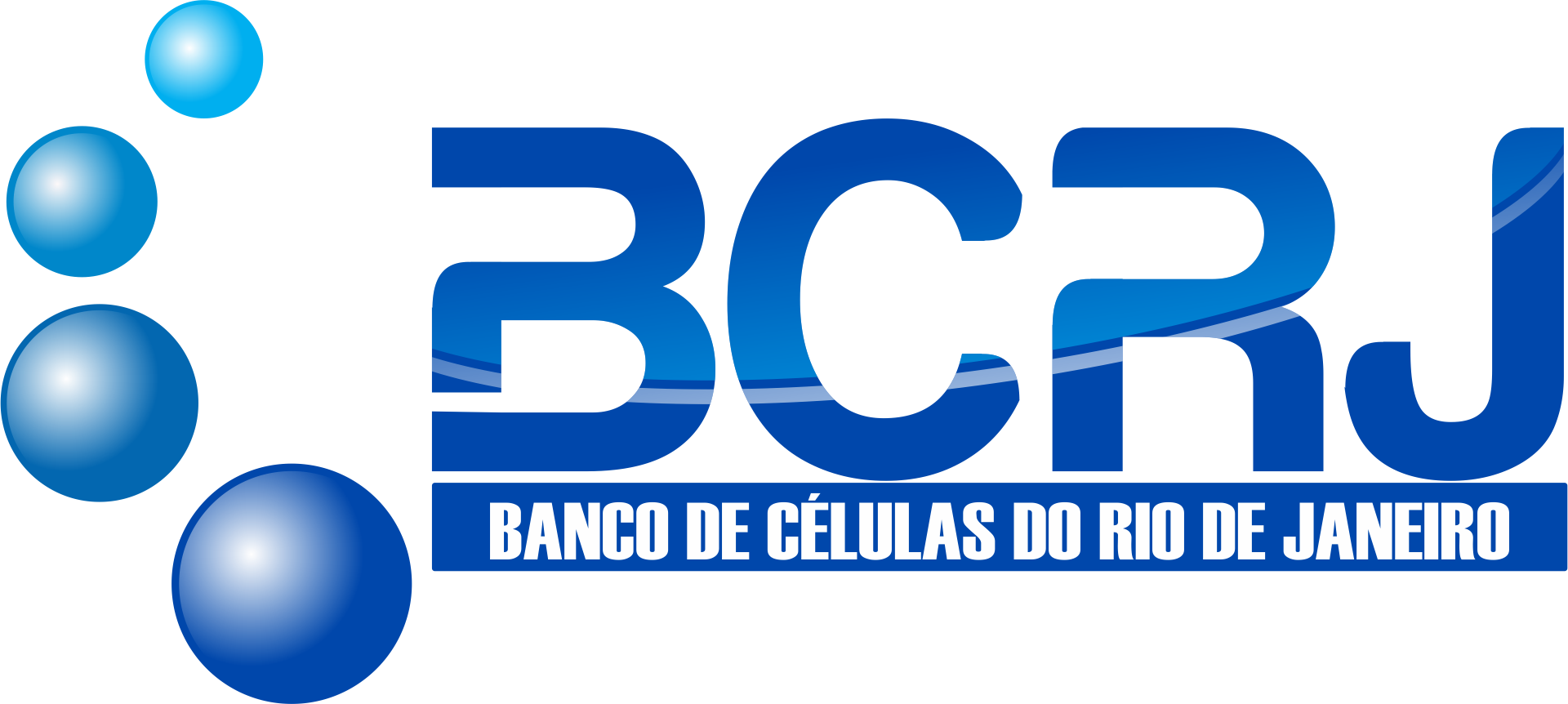| BCRJ Code | 0418 |
| Cell Line | G-401 [G401] |
| Species | Homo sapiens |
| Vulgar Name | Human |
| Tissue | Kidney |
| Cell Type | Epithelial |
| Morphology | Epithelial |
| Disease | Rhabdoid Tumor |
| Growth Properties | Adherent |
| Sex | Male |
| Age/Ethinicity | 3 months Year / White |
| Derivation | G-401 was deposited as a cell line derived from a Wilms' tumor. |
| Applications | 3D cell culture |
| DNA Profile | Amelogenin: X,Y CSF1PO: 11,13 D13S317: 9,14 D16S539: 12 D5S818: 13 D7S820: 11,14 TH01: 8,9.3 TPOX: 8,11 vWA: 16 D3S1358: 16,18 D21S11: 31,32.2,33.2 D18S51: 14 Penta_E: 7 Penta_D: 10,11 D8S1179: 13,14 FGA: 24,26,27 D19S433: 13,14 D2S1338: 18,24 |
| Tumor Formation: | Yes; Yes, forms colonies in soft agar |
| Products | Genes expressed: nephroblast growth factor (NB-GF) Isoenzymes: G6PD, B |
| Biosafety | 1 |
| Addtional Info | G-401 was deposited as a cell line derived from a Wilms' tumor. Due to a change in the classification of such tumors, the cell line was examined by Garvin et al. and found to be more appropriately classified as derived from a rhabdoid tumor of the kidney. |
| Culture Medium | McCoy's 5a Medium Modified and fetal bovine serum to a final concentration of 10%. |
| Subculturing | Remove medium, and rinse with 0.25% trypsin, 0.53 mM EDTA solution. Remove the solution and add an additional 1 to 2 mL of trypsin-EDTA solution. Allow the flask to sit at room temperature (or at 37°C) until the cells detach. Add fresh culture medium, aspirate and dispense into new culture flasks. |
| Subculturing Medium Renewal | 2 to 3 times per week |
| Subculturing Subcultivation Ratio | 1:2 to 1:6 is recommended |
| Culture Conditions | Atmosphere: air, 95%; carbon dioxide (CO2), 5% |
| Cryopreservation | 95% FBS + 5% DMSO (Dimethyl sulfoxide) |
| Thawing Frozen Cells | SAFETY PRECAUTION:
It is strongly recommended to always wear protective gloves, clothing, and a full-face mask when handling frozen vials. Some vials may leak when submerged in liquid nitrogen, allowing nitrogen to slowly enter the vial. Upon thawing, the conversion of liquid nitrogen back to its gas phase may cause the vial to explode or eject its cap with significant force, creating flying debris.
NOTE: It is important to avoid excessive alkalinity of the medium during cell recovery. To minimize this risk, it is recommended to place the culture vessel containing the growth medium in the incubator for at least 15 minutes before adding the vial contents. This allows the medium to stabilize at its normal pH (7.0 to 7.6). |
| References | Weissman BE, et al. Introduction of a normal human chromosome 11 into a Wilms' tumor cell line controls its tumorigenic expression. Science 236: 175-176, 1987. PubMed: 3031816 Burrow CR, Wilson PD. A putative Wilms tumor-secreted growth factor activity required for primary culture of human nephroblasts. Proc. Natl. Acad. Sci. USA 90: 6066-6070, 1993. PubMed: 8392186 Karnieli E, et al. The IGF-1 receptor gene promoter is a molecular target for the Ewing's Sarcoma=Wilms' Tumor 1 fusion protein. J. Biol. Chem. 271: 19304-19309, 1996. PubMed: 8702614 Garvin AJ, et al. The G401 cell line, utilized for studies of chromosomal changes in Wilms' tumor, is derived from a rhabdoid tumor of the kidney. Am. J. Pathol. 142: 375-380, 1993. PubMed: 8382007 |
| Depositors | Centro Dr. Domingos A. Boldrini |
| Cellosaurus | CVCL_0270 |



